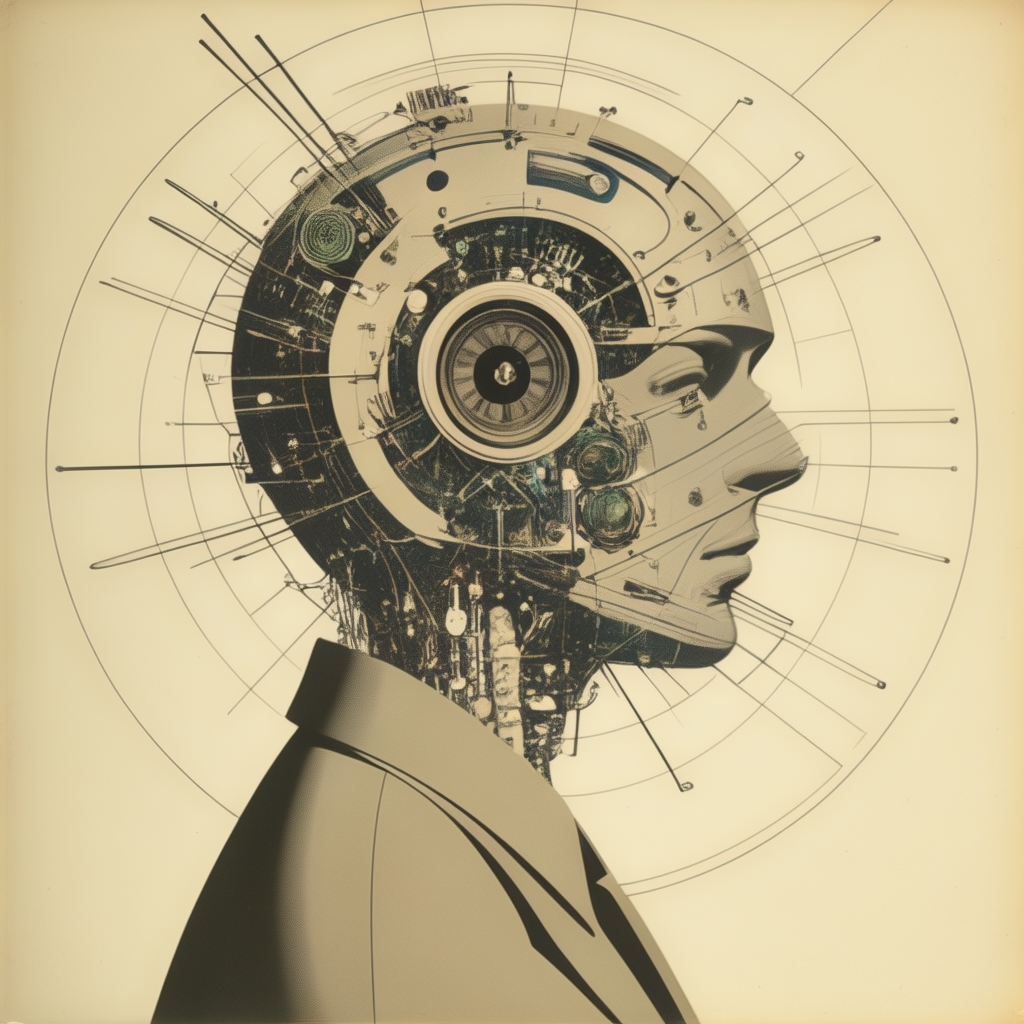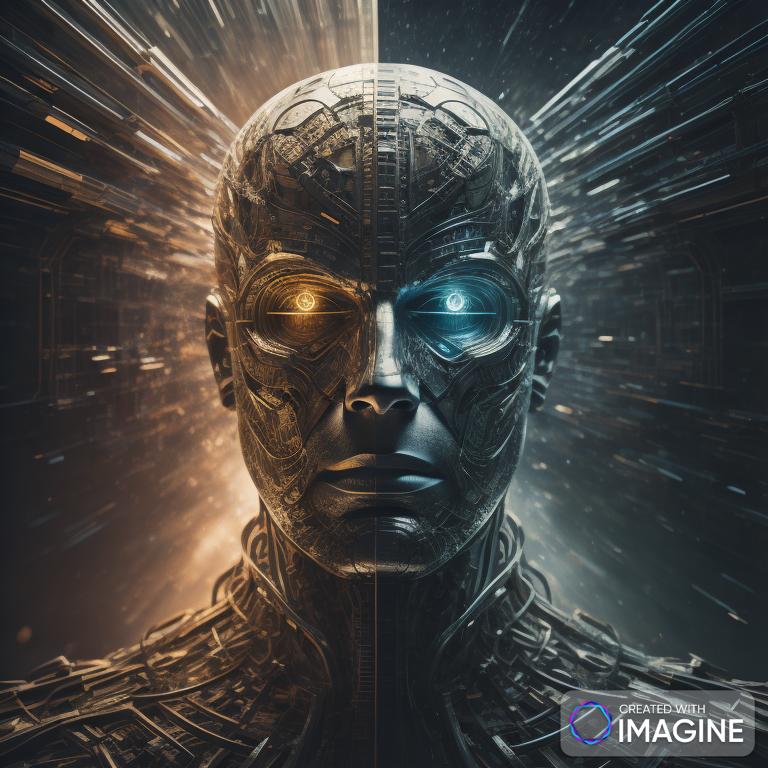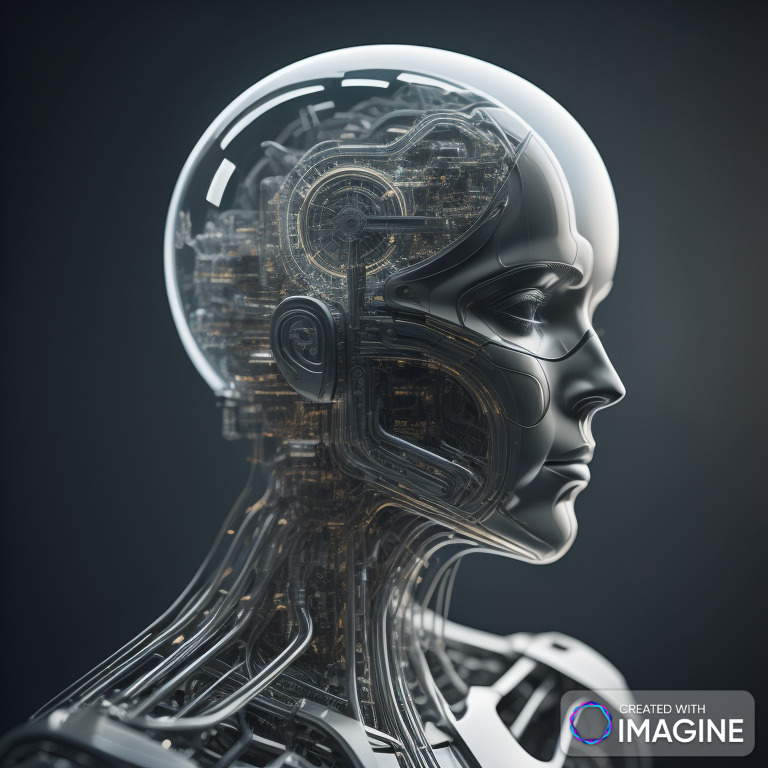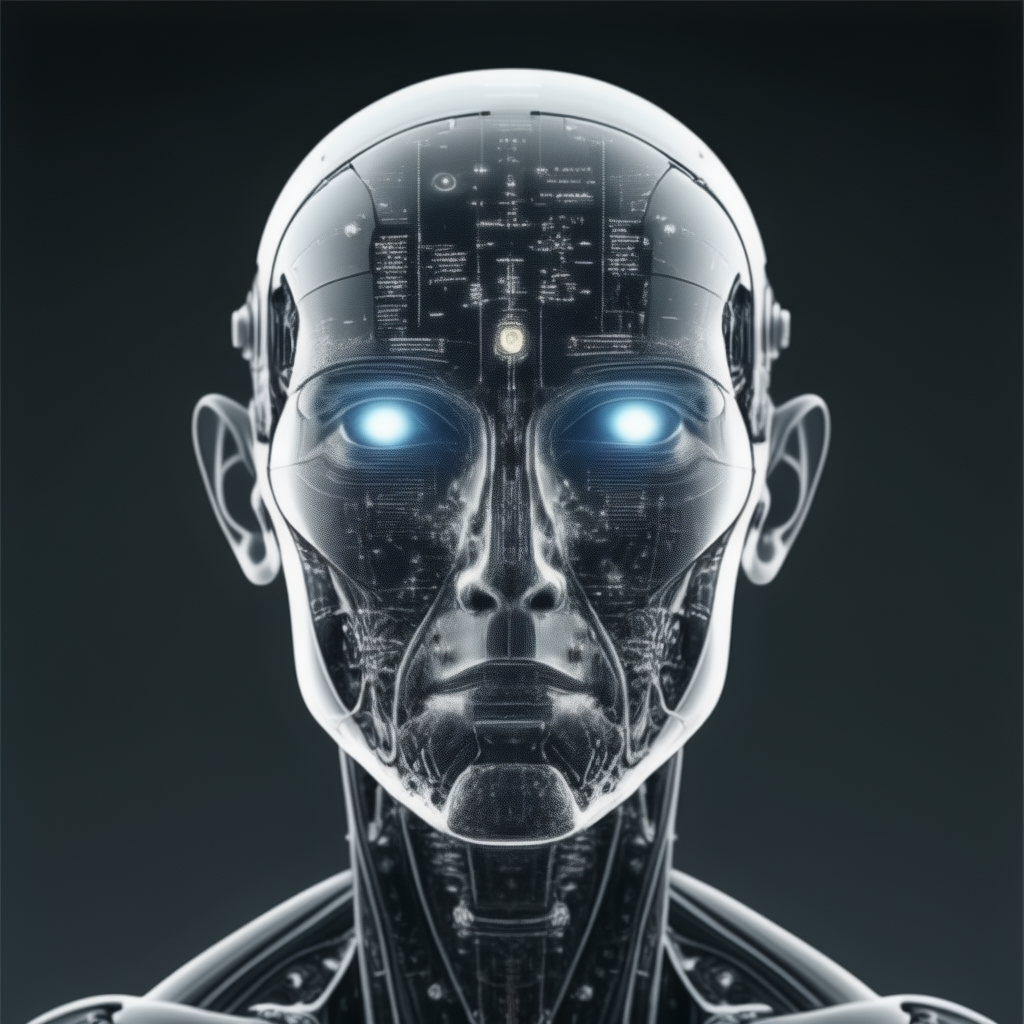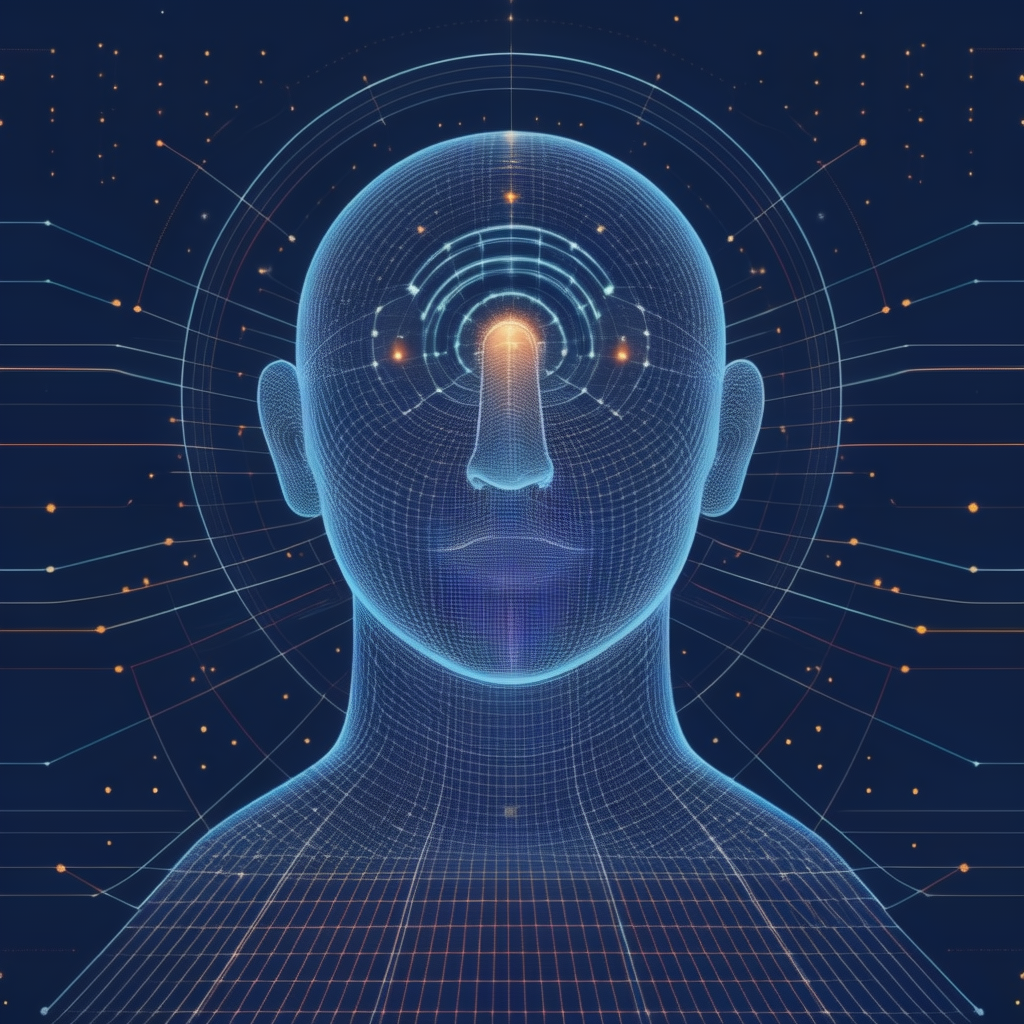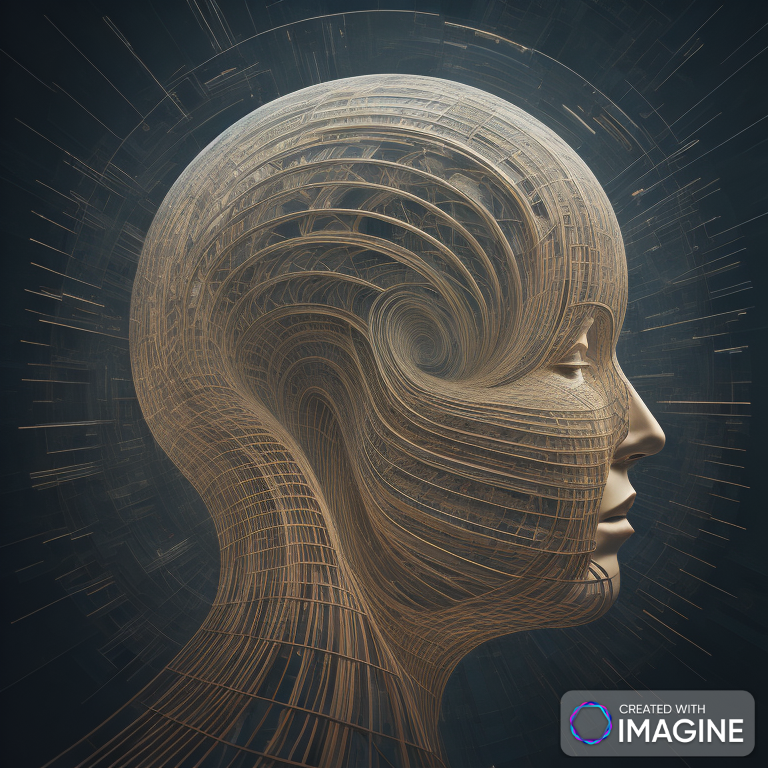Exploring Goal-Based Agents in Cognitive Psychology and Problem Solving
In cognitive psychology and AI, the role of goal-based agents has greatly shaped the way we understand problem-solving processes in both humans and artificial systems. From early theories of human problem-solving to contemporary developments in multi-agent systems, goals, desires, and intentions are foundational to agent-oriented models, especially in the work of Allen Newell and Michael Bratman. These models not only explain how humans solve problems but also support advancements in natural language understanding, multi-agent systems, and artificial intelligence. This blog post explores the evolution of goal-based agents, how goals are modeled as desires and intentions, and their implications in both cognitive psychology and AI-driven systems.
I. The Foundations of Goal-Based Agents in Problem-Solving
The concept of goal-based agents first gained traction in cognitive psychology, with significant contributions from Allen Newell and Herbert A. Simon, who explored how humans approach and solve problems. Their pioneering work, especially in “Human Problem Solving” (1972), developed the Information Processing Theory (IPT), which explains how individuals break down tasks and approach problem-solving systematically.
- Information Processing Theory (IPT) and Goals:
- Newell and Simon proposed that the mind operates like a computer, breaking down problems into distinct steps based on specific rules and using goals to prioritize actions.
- IPT suggested that human problem-solving is goal-directed—people use mental representations of goals and sub-goals to navigate complex problems.
- The Role of Goals in Human Cognition:
- Goals, desires, and intentions guide decision-making processes, keeping cognitive focus on desired outcomes rather than distractions.
- In this view, problem-solving is understood as the ability to recognize, decompose, and tackle sub-tasks, with each step building toward achieving the ultimate goal.
- Application in AI Systems:
- Newell’s theories served as blueprints for artificial intelligence, particularly in the creation of goal-oriented AI systems designed to mimic human problem-solving by representing goals in algorithmic frameworks.
II. Bratman’s Theory of Agents: Desires, Intentions, and Rational Agency
The work of philosopher Michael Bratman built upon cognitive psychology’s understanding of goal-based agents, creating a framework for how intentions, desires, and plans interact to shape rational agency. His theory has profound implications in both AI and cognitive science.
- Intentions, Plans, and Practical Reasoning:
- Bratman’s work on intentions views them as active elements that shape an agent’s behavior. Goals are not just end states but are continually pursued through intentions that guide moment-to-moment decisions.
- He developed the Belief-Desire-Intention (BDI) model, which proposes that agents operate based on three interconnected components:
- Beliefs: Represent what an agent knows or perceives.
- Desires: Represent what an agent wants to achieve.
- Intentions: Represent the commitment an agent has to a particular course of action.
- Desires and Intentions in AI Agents:
- In Bratman’s model, desires alone are not enough to drive actions; intentions are necessary to prioritize and manage conflicting goals.
- His BDI model has become a guiding framework in AI to develop agents capable of sophisticated decision-making in multi-agent systems and natural language understanding, where managing multiple, possibly competing goals is essential.
- Rational Agency and Resource Management:
- Bratman’s theory emphasizes that rational agents cannot pursue every goal simultaneously. They must weigh desires against each other and commit to certain intentions, creating structured, efficient paths to reach goals.
- This model allows AI systems to manage resources effectively by focusing on select tasks and prioritizing those that align with pre-defined goals and resources.
III. Practical Applications of Goal-Based Agents in Problem Solving
With Bratman’s and Newell’s theories as a foundation, goal-based agents have become critical in several areas of AI and cognitive science, especially in systems that simulate human interaction, plan tasks, and solve complex problems autonomously.
- Natural Language Understanding:
- Goal-oriented agents use structured goals and intentions to interpret and generate language effectively. This framework allows AI to prioritize relevant information in conversation and respond based on contextual goals.
- Chatbots and virtual assistants often rely on goal-based models to simulate natural human interaction, interpreting users’ statements, identifying their goals, and generating appropriate responses.
- Multi-Agent Systems:
- Multi-agent systems involve multiple autonomous agents interacting to solve complex problems collaboratively or competitively. By adopting goal-based structures, agents can act independently, communicate effectively, and negotiate solutions that align with both individual and shared goals.
- For example, in traffic management systems, agents representing different vehicles use goal-based models to optimize routes, manage road congestion, and ensure safety by predicting and reacting to the intentions of other agents.
- Planning and Robotics:
- Robots equipped with goal-based reasoning can plan actions more effectively, responding to new information and adjusting their strategies accordingly.
- In robotics, goal-oriented reasoning allows robots to identify sub-goals necessary to achieve an ultimate goal. In assembly lines, for example, a robotic arm can prioritize tasks based on the end goal of completing an assembled product, breaking down the steps required and adjusting as needed.
- Autonomous Vehicles:
- Autonomous vehicles rely on goal-oriented models to interpret complex road environments, identifying immediate goals (e.g., braking to avoid obstacles) and long-term goals (e.g., reaching the destination safely).
- The interaction of beliefs (sensor input), desires (traveling safely and efficiently), and intentions (chosen actions) enables self-driving cars to prioritize and execute safe driving behaviors in real-time.
IV. Implications for Cognitive Psychology and AI
- Understanding Human Problem Solving Through AI:
- By designing AI systems that simulate human goal-based reasoning, researchers gain insights into human cognition, specifically how people prioritize actions, make decisions, and approach problem-solving in complex environments.
- Advancing AI to Handle Ambiguity:
- The structured yet flexible nature of goal-based models helps AI handle ambiguous or incomplete information effectively, as seen in natural language processing, where AI must interpret incomplete sentences or ambiguous instructions.
- Supporting Multi-Tasking and Adaptive Behavior:
- Goal-based reasoning supports multi-tasking and adaptive behavior, equipping AI systems with the ability to handle diverse tasks, adapt to changing environments, and make real-time decisions.
- Enhanced Human-Agent Collaboration:
- As goal-based agents become more sophisticated, they support collaborative problem-solving with humans, creating opportunities for complex partnerships in fields like medical diagnostics, where AI assists healthcare professionals by interpreting data and suggesting potential treatments based on goals.
Basics of Goal-Based Agents and Cognitive Psychology
- Goals as Mental Representations: In cognitive psychology, goals are not merely aspirations but mental constructs that organize thoughts and guide action. The formation of these mental representations allows humans and AI to focus attention on desired outcomes while filtering out irrelevant stimuli.
- Hierarchical Goal Structures: Cognitive psychology views goals as existing in a hierarchy—from immediate tasks (like typing a sentence) to long-term aspirations (such as writing a book). This hierarchy helps with prioritization, allowing for more complex planning and multi-step problem-solving.
- Feedback Loops and Goal Adjustment: Both humans and goal-based AI use feedback loops to evaluate progress. If an action brings them closer to a goal, they continue; if it doesn’t, they reassess and adjust. This iterative process allows for adaptive problem-solving in changing environments.
- Subgoals and Problem Decomposition: Cognitive psychology identifies that breaking down large problems into smaller, manageable subgoals is essential to efficient problem-solving. This decomposition process is reflected in how goal-based agents approach complex tasks, focusing on sub-tasks that collectively achieve the larger goal.
- Schema Theory in Cognitive Psychology: A schema is a cognitive structure that helps organize information around a goal or task. Agents equipped with schemas can predict likely outcomes based on past experiences, enhancing the decision-making process.
- Goal Activation and Inhibition: Psychology explains that activating one goal can inhibit others to prevent cognitive overload. Goal-based agents follow similar rules, prioritizing specific goals and temporarily ignoring others to maintain efficiency and prevent conflicts.
Intermediate Concepts in Goal-Based Agents
- Temporal Sequencing of Goals: Temporal sequencing refers to arranging goals in a time-ordered manner, where intermediate steps build toward a final objective. This concept allows goal-based AI to execute tasks in an efficient order, vital for time-sensitive applications like financial trading or emergency response.
- Meta-Goals and Self-Regulation: Meta-goals, or goals about goals, help agents evaluate whether specific objectives align with overarching ambitions. Meta-goals are critical in AI applications like automated project management, where aligning smaller objectives with larger company strategies is essential.
- Learning from Goal Discrepancies: In cognitive psychology, the mind is tuned to detect discrepancies between current states and goals, which drives learning and adaptation. Goal-based AI can use discrepancy detection to modify approaches in real time, enabling more efficient path corrections.
- Task-Switching and Cognitive Flexibility: Goal-based agents must exhibit cognitive flexibility, switching between goals and tasks as necessary. This ability is important in multitasking environments, such as digital assistants that handle diverse requests from users.
- Context Sensitivity in Goal Pursuit: Human problem-solving changes based on context, adapting to resources and constraints available in specific situations. AI agents that incorporate context sensitivity can dynamically adjust their goals and methods based on the environment, making them more resilient and versatile.
- Dynamic Goal Modification and Flexibility: Unlike static goal-setting, dynamic goal-based systems can adjust and even replace goals based on new information. This capability is essential for applications such as real-time medical diagnosis, where patient data can change quickly, requiring flexible decision-making.
- Agent-Based Simulation in Cognitive Psychology: Agent-based simulation models are used in psychology and social sciences to understand human behavior in groups. Goal-based agents within these simulations allow researchers to predict outcomes based on different goal configurations, improving our understanding of decision-making dynamics in social settings.
Advanced Theories and Applications in AI and Cognitive Psychology
- Multi-Agent Goal Coordination: In multi-agent systems, each agent’s goals must be balanced with the collective goal. This coordination involves negotiation and cooperation among agents, which is essential in AI-driven simulations, smart grids, and robotic swarms.
- Intention Recognition and Goal Attribution: Intention recognition involves understanding what goals another agent may be pursuing. In cognitive psychology, this helps explain social interactions, while in AI, this allows systems to interpret human actions, crucial for collaborative robotics or interactive AI.
- Emotion-Informed Goal Pursuit in AI: Some goal-based agents are being developed with emotional frameworks that help them interpret goals based on affective states (e.g., prioritizing urgent tasks when “stress” is simulated). This emulation of emotion-based prioritization is valuable for AI in high-stakes decision-making fields.
- Meta-Cognitive Agents with Self-Monitoring: Advanced agents can monitor and evaluate their goal progress, much like humans monitor their thought processes through meta-cognition. These agents evaluate whether their goals align with observed results and adjust their strategies accordingly, which is essential in AI-driven research or iterative design.
- Adversarial Goal Systems: In applications where agents work in competitive environments, such as cybersecurity or game theory, adversarial goals create a challenging dynamic where agents must balance achieving their objectives while thwarting opponents. This is a sophisticated layer of decision-making often seen in AI gaming and strategic simulations.
- Exploration vs. Exploitation in Goal Pursuit: This principle, borrowed from reinforcement learning, involves balancing exploration (trying new strategies) with exploitation (relying on known successful actions). Goal-based agents, especially those in machine learning, use this balance to maximize efficiency and improve problem-solving outcomes over time.
- Ethics and Value Alignment in Goal-Based AI: Ensuring AI agents align with human ethical standards and values is crucial, particularly in autonomous systems. Advanced agents incorporate ethical frameworks to guide their goals, preventing unintended harm and aligning with socially responsible behavior.
- Goal Conflict Resolution Mechanisms: Advanced goal-based agents incorporate mechanisms to resolve conflicts between competing goals. For example, a self-driving car must balance the goals of safety and efficiency, adjusting its actions when these objectives clash in real time.
- Cognitive Load Management: Cognitive psychology identifies that managing cognitive load helps prevent burnout and mistakes. Goal-based agents with load management strategies allocate resources efficiently across tasks, ensuring consistent performance under varying demands.
- Integration with Deep Learning and Neural Networks: Goal-based frameworks can enhance neural networks by prioritizing outputs that align with specific goals, streamlining the learning process in fields like image recognition, predictive modeling, and natural language processing.
- Ethical Decision-Making in Multi-Agent Systems: When multiple goal-based agents interact, ethical decision-making becomes complex. Advanced systems use consensus-building algorithms to align decisions with collective ethical standards, ensuring group actions are fair and responsible.
- Teleological Goal Modeling: In philosophy and cognitive science, teleology refers to the explanation of phenomena based on purpose rather than cause. Teleological goal modeling in AI allows agents to set objectives based on desired end states, which is critical in long-term planning, such as environmental sustainability projects.
These points move progressively from foundational elements of goal-based agents in cognitive psychology to highly advanced implementations in AI, highlighting the comprehensive potential and intricacy of goal-oriented systems in both human cognition and artificial intelligence.
Conclusion: The Future of Goal-Based Agents in AI and Cognitive Science
The evolution of goal-based agents, rooted in cognitive psychology and expanded by Bratman’s theories on desires and intentions, continues to shape advancements in artificial intelligence. By leveraging frameworks that mirror human decision-making and problem-solving, AI can effectively prioritize, adapt, and handle complex tasks. The insights gained from this approach not only deepen our understanding of human cognition but also pave the way for more responsive, intelligent systems capable of collaborating with humans, adapting to diverse scenarios, and solving problems in dynamic, multi-agent environments. As these systems grow in sophistication, they are likely to become integral to fields requiring complex decision-making, from autonomous vehicles to medical diagnostics, making goal-based agents central to the future of AI and cognitive science.

